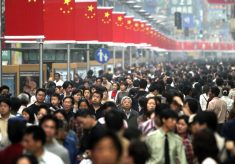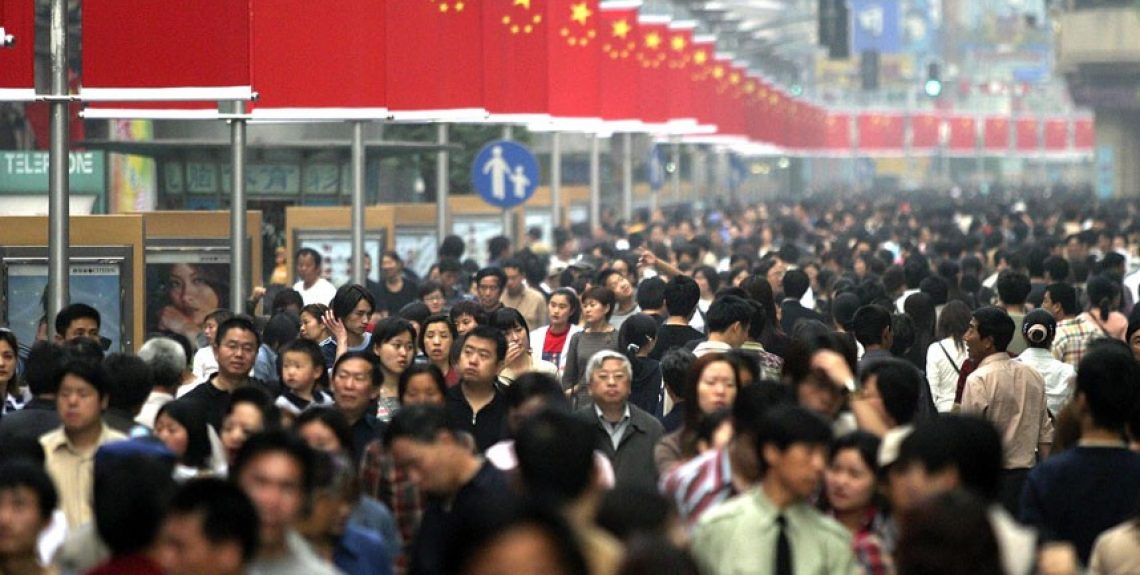
Archive


A global long-term China-US crisis is unfolding
4 August 2022

The Madrid Summit and the Seoul-Tokyo connection
4 July 2022

Australia re-pivots to a core Indo-Pacific
29 July 2020

Australia and India converge over the Indo-Pacific
27 June 2020


Covid-19 disruption across the Indo-Pacific
23 April 2020

Germany steps into the Indo-Pacific
28 March 2020

The India-Australia-Indonesia “minilateral”
28 February 2020

China’s demographic challenge
26 February 2020




